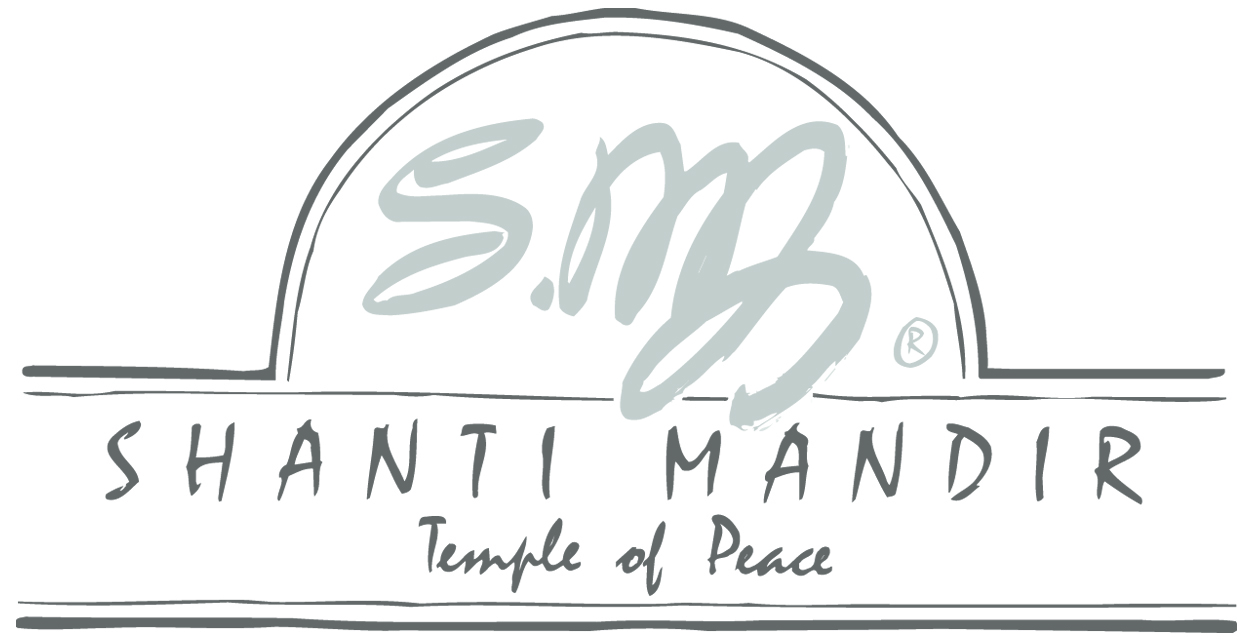Indian classical drumming has agreed combinations of strokes, also referred to as bol.
You could think of each combination stroke pattern, or compound bol as a phrase composed of multiple syllables.
Section 2 is a guide to the compound bol most commonly used in Shanti Mandir chants.
Learning compound bol is the best way to practice and build up your repertoire. Don’t try to break down these complex patterns into their constituent parts as the single bol sounds sometimes vary when put together into a compound, also called bol complex or bol expression.
Practice along with the video making sure to follow the instructor to clap, wave, speak and play as he does.
Why clap, wave and speak?
Keeping time in Indian classical drumming is based on a system of claps and waves of the hand. Every measure of time must be assigned either a clap or a wave. You could think of it as a conductor’s baton. The system is not only used to learn, but is also a way for players on stage to communicate without having to stop a performance.
Matra - beats
Matra is akin to metre in English and refers to beat. The complex bol in Section 2 are all played with a regular measure of 2 or 4 beats.
Where is the 1?
At this point it is good to understand the importance of “the 1” in Indian Classical music. Watch the clap, wave and speak demonstration in any of the videos and you may notice an emphasis on the first count in the pattern; the 1. It is called the sam (pronounced sum). Sam, the 1, is like the main point of orientation in Indian Classical music, it provides a kind of ‘restart point’ for musicians when playing together.
